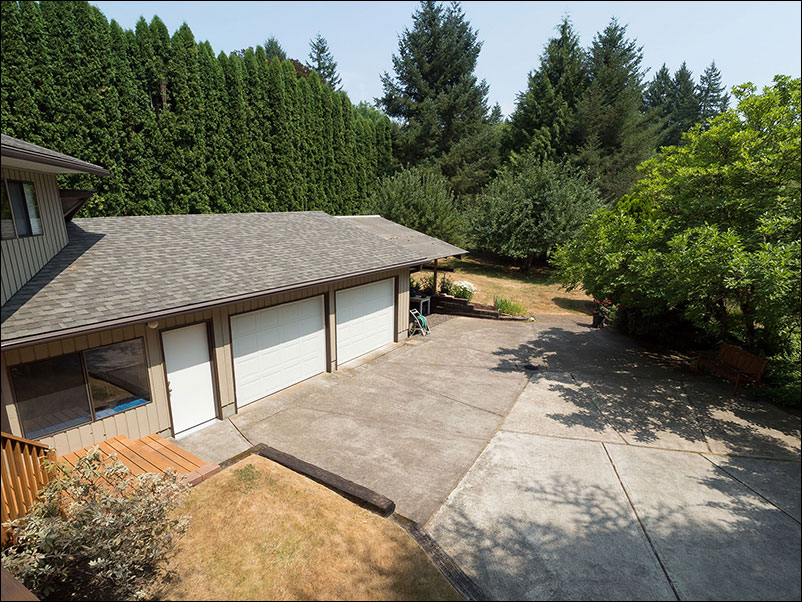Glass or Software?
Images can be taken with an ultra wide-angle lens or with a fisheye lens and then defished in software. Which yields better results: using glass or software to warp the images? I say "warp" because this is exactly what happens. Look at a tall building and the top is smaller than the base. But when taken with a wide-angle lens, where the sensor is parallel to the target, the top and base have the same size. The image is warped to yield this effect. This is known as a rectilinear projection.
So let's see which is best: glass or software to achieve a rectilinear projection. For this comparison the Panasonic 7–14mm f/4 @ 7mm (glass) will be compared to the Samyang 7.5mm f/3.5 fisheye lens defished to 7mm (software). An aperture of f/5.6 was used as this setting yielded the best results for both lenses. Images were downsized by 50% except for the last two which can be viewed at 100%.
When viewed at 50% the results are similar. For me that was a bit of a surprise. When corners are viewed at 100% detail with the fisheye lens is less and noise in flat areas increases. Simply stated, there are fewer pixels responsible for corner areas. If you are making very large prints that will be viewed at close range this can be an issue.
In a nutshell, a fisheye lens is a reasonably good substitute for an ultra wide-angle lens. You can also process the image for a wider angle (3.4mm vs. 7mm in this case) and utilize a Panini projection to reduce distortion at the edges. In favor of an ultra wide-angle lens, you can visualize the results while taking the photograph and no post-processing is required. If you take a lot of wide-angle shots this is a definite advantage.
